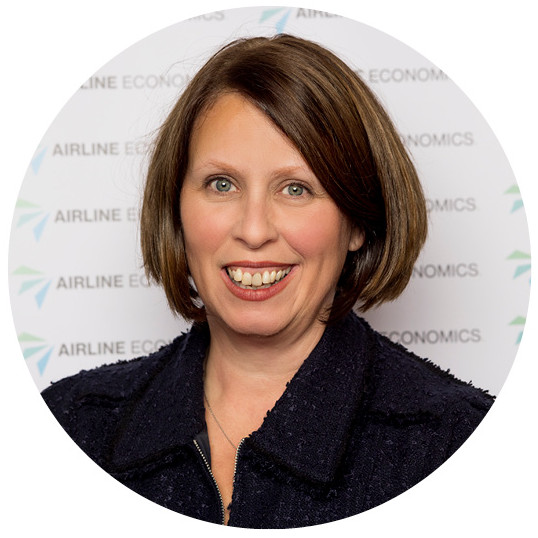After the news broke yesterday on the passage of the new Inland Revenue (Amendment) (No 2) Bill, which will create a tax regime for aircraft leasing business in Hong Kong, more measured reactions have emerged, specifically from one of its key architects, Dewey Yee.
“It’s certainly a brilliant start for Hong Kong’s competitiveness,” he told Airline Economics, “however, Hong Kong will need a great deal more of hard, concerted work on a building a truly solid foundation to maintain the future viability and commercial relevance in aircraft leasing, financing and investments. It’s not about building it and they will come; it’s about economic focus and planning scenarios for the primary stakeholders and ascending related parties integrated in the business of aviation financing and leasing.”
Dewey Yee has been a member of a task force in Hong Kong, under the Economic Development Commission’s Transport Working Group, formed in January 2013, and who heads the Aerospace Finance Focus Group, which has lobbied for the tax changes ceaselessly, so much so that the new bill is being dubbed the Dewey Law by his friends and peers in the region. His role is far from over. “The industry players must be presented with evidenced economic, legal and detailed commercial explanations with outlined short/long term risks and benefits, etc. to insure the work and resulting legislation amounts to something,” he adds. “As a close friend said, you wouldn’t put your name on this if you didn’t make it a success…well, it now time for me to do all I can to prevent its failure.”
The Amendment Ordinance will be gazetted next Friday, 7 July 2017.
Meanwhile, Boeing gave a teaser for a new medium range, widebody aircraft, dubbed the “797” at the Paris air show, and despite no more details provided by the manufacturer, Norwegian chief executive, Bjørn Kjos, has told reporters that the airline would like to be the first in line to order the new aircraft.
Kjos told reporters that he expects Boeing to start taking orders for the new aircraft type from next year for entry-into-service in 2025.

